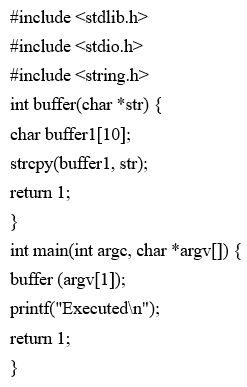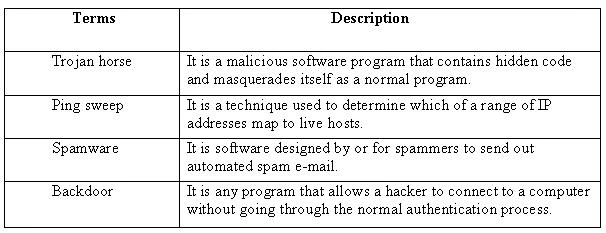Certified Network Defender
Here you have the best ECCouncil 312-38 practice exam questions
- You have 188 total questions to study from
- Each page has 5 questions, making a total of 38 pages
- You can navigate through the pages using the buttons at the bottom
- This questions were last updated on June 29, 2025
- This site is not affiliated with or endorsed by ECCouncil.



